Content |
|---|
History
One Xoloitzcuintle Mexican may be an unusual phenomenon, but it is by no means an eccentric invention of modern times. On the other hand, this breed of dog is probably many thousands of years old.
American dog researchers believe that the Xoloitzcuintle came to the west coast of Mexico on Chinese merchant ships. Others believe that it was introduced into Central America by Cortez and its occupying forces.
But, dogs that resembled the dog we know today existed in Mexico long before the arrival of the Spanish conquistadors – this is documented by archaeological finds. Scientists date a statue of about 1700 years before Christ. This proves that the Xoloitzcuintle Mexican is probably the oldest breed of dog in the American continent – and one of the oldest dog breeds in the world. Its exact origin is still unknown today., but it must be more than 4000 years. The fact that this dog can be seen in such art objects indicates that it was already considered valuable in pre-Christian times. Its name indicates that it was considered as the dog of the god Status, the aztec god of death.
«Xoloitzcuintle»: historical value
Today the breed of dog is supposed to have found many uses.: It was considered to be the companion of the souls of the deceased and therefore often had to give its life as a sacrificial animal or accompany its deceased owner to the grave.. At the same time, However, he was also a guardian of the house and farm and served as a hot water bottle due to his bare skin and high body temperature. The Mexican natives held the meat of the Xoloitzcuintle. One Xoloitzcuintle Naked was considered a delicacy and a diet enrichment.
Today it is kept as a companion and family dog and is considered intelligent., loving, sporty and calm. By nature you are sensitive and temperamental and want to be encouraged and kept busy. In very low temperatures and on hot sunny days, the owners of the Xoloitzcuintle they should protect their four-legged friend with a dog coat against hypothermia or with a special sunscreen against sunburn.
Physical characteristics «Xoloitzcuintle»
Height to the cross: 33 to 57 cm for dogs and bitches.
Weight: Weight depends on height.
The color:
The Xoloitzcuintle not furry, but it has a thick pile mop that goes from black to black-gray, Slate gray, dark grey, reddish, liver, bronze to golden yellow; sometimes stained. The skin is wrinkled on the head and neck and is grayish red. At birth, puppies are pink like piggies and don't look standard until they are one year old.
Typical and at the same time particularly striking are the bat ears of approx. 10 cm long, as well as almond eyes, which can be black to yellow.
Average life expectancy: 14 years
Character and aptitudes «Xoloitzcuintle»
The Xoloitzcuintle is a quiet dog, affectionate, loving, sensitive and happy. He clings a lot to his family and wants to follow you everywhere. He seems to follow your voice and is a warm companion, gentle and affectionate. For this reason it is often used as a therapy dog.. He is also an energetic and agile athlete who loves to play and needs a lot of exercise and attention..
He loves his toys and likes to play in the yard or garden, warm up in the sun and need your long daily walks. When i'm outdoors, should always be kept on a leash, since he likes to hunt small animals. It is not a dog that wants to be left alone in the yard. Can jump or climb over fences. Must participate in family activities and depends on your affections and interests.
Although he is tender and affectionate with his family, is quite reserved and distrustful of strangers and needs a little time to get used to you. It learns fairly quickly and is easy to train, although sometimes it can be quite independent. You have to train it with a lot of determination and discipline.
You are protective by nature and have a strong drive to protect your home and loved ones. The Xoloitzcuintle is usually a quiet dog that only barks when there is a good reason for it. He's also fearless and won't shy away from a fight. Can get along well with other dogs and pets, if you have lived with other animals from a young age. He also gets along very well with children if they treat him with respect.
He is an exceptionally robust and healthy dog who needs a sweater in the cold and extremely hot seasons to protect his bare home.. It is an odorless dog that does not lose its hair.
Care «Xoloitzcuintle»
The Xoloitzcuintle he is an unusual dog, why don't you pant, but sweats through your skin, like us. But your skin is sensitive to the sun, it even burns in the sun. That is why you should always have a sunscreen with a medium sun protection factor with you at sea., in the city, in the field and in the mountains. The advantage of this breed is that the Xoloitzcuintle cannot hide ticks or fleas under its fur.
Can be stored on a floor, but a house with a garden is more suitable. Oddly enough, to the Xoloitzcuintle loves to roll in the snow in winter and bathe in icy water. But before I'm ready, you should get used to it little by little. A warm coat is advisable for walks in winter. But, it should be a felt coat lined with cotton, because your naked and sensitive skin can react allergic to wool.
Nutrition «Xoloitzcuintle»
The Xoloitzcuintle needs a lot of water, especially in summer, as a lot of fluid evaporates through your skin. In extremely hot weather, water with a high mineral content should be given to avoid a lack of salt. It also, the Xoloitzcuintle you need a balanced diet with a high proportion of protein. Unfortunately, thickens quickly, so you should avoid fat and sugar. With less exercise, it is better to feed it with green beans and rice.
The breeding of the Xoloitzcuintle
Breeding this ancient dog breed is problematic. Animal welfare experts even recommend a ban on breeding. Hairlessness is inherited in a dominant way. A dog with mixed genetic makeup is naked, a hairless quadruped does not carry the gene for hairlessness. But, a Xoloitzcuintle homozygous and hairless is not viable and dies shortly after birth.
To ensure healthy offspring, a Xoloitzcuintle heterozygous and naked would have to mate with a furry representative. The offspring would be viable, but only half would have no hair. Since the furry variant is not recognized as a breed in many countries, the mating of two hairless animals is often practiced and the death of non-viable animals is accepted. This circumstance makes the breed controversial and appears again and again in the context of torture breeding.. It also, the hairlessness gene also increases the predisposition to jaw malformations and missing teeth, and Xoloitzcuintle Mexicans also have a stronger tendency to various skin diseases and immune deficiencies.
Health “Xoloitzcuintle”
In addition to concern about the difficulty of breeding, some health problems are particularly common in theXoloitzcuintle. The first and most important thing is dental defects, so dogs missing some or all of their teeth and/or jaw malformations are hereditary. It also, immunological deficiencies are frequently found and the breed is predisposed to skin diseases such as purulent inflammations. So, if you decide to choose this breed, it is important that you choose a breeder carefully and that you are willing to invest a lot of time and money in caring for your dog.
Images "Xoloitzcuintle"
Photos:
1 – A Xoloitzcuintle (Mexican Hairless Dog). by Micyaotl G.T., CC BY 2.0
2 – Xoloitzcuintli or Xoloitzcuintle by Alfredo&Sara aguirre, CC BY-SA 2.0, via Wikimedia Commons
3 – Hairless Dog, preHispanic. by Rod Waddington, CC BY-SA 2.0, via Wikimedia Commons
4 – Xoloitzcuintle by https://flic.kr/p/agfgec
5 – Xoloitzcuintle by https://pixabay.com/es/photos/imagen-perro-mascota-canino-2628918/
6 – Xoloitzcuintle or Mexican hairless dog in Mérida, Yucatán, Mexico by Dénes Emőke, CC BY-SA 4.0, via Wikimedia Commons
Videos "Xoloitzcuintle"
|
HTTPS://youtube.com/watch?v=O4xn3Zzryr4
«Xoloitzcuintle», the breed with historical value
|
HTTPS://youtube.com/watch?v=0Vk5iKiOd8w
ALL ABOUT XOLOITZCUINTLI: THE MEXICAN HAIRLESS DOG
|
|---|
Type and recognitions:
- FCI CLASSIFICATION:
- Group :
- Section : . .
Federations:
- – FCI – Group 5: Spitz-type dogs and primitive type – Section 6: Primitive type. ⓘ
FCI breed standard "Xoloitzcuintle"
Use:
Standard Variety: guard dog. Intermediate variety: guard dog. Miniature Variety: service dog.
General appearance:
- Hairless variety: He is a very attractive dog; The main characteristic is the total or almost total absence of hair with soft and smooth skin.. His body is well proportioned with a wide chest and wide ribs., long limbs and long tail.
- Variety with hair: It is a dog completely covered with very attractive hair.; with the same harmonious proportions of the hairless variety. Hair can be any color, length and texture. His body is well proportioned with a wide chest and wide ribs., long limbs and long tail.
IMPORTANT PROPORTIONS : The body, measured from the tip of the shoulders, to the tip of the hip and from the withers to the floor it is slightly longer in relation to its height, approximately 10:9. Body length in females may be slightly longer than in males, due to reproductive function. The length of the skull and snout are approximately the same.
He is a silent and calm dog, joyful, alert and intelligent, suspicious of strangers, good guardian and excellent companion. Never aggressive.
Head:
---- Skull : It is lupoid type; wide and strong, wedge-shaped. Seen from the top it is wide and elegant, thinning towards the muzzle, with the occipital crest not very marked with the craniofacial axes almost parallel.
- Depression links (Stop) : Light, but well defined.
facial region:
- Truffle : The nose should be very dark in dark dogs, It can be brown or pink in tan-colored dogs., pink or brown in blonde dogs and spotted in spotted dogs.
- Snout : Seen in profile it is straight, with very strong maxilla and jaws.
- Lips : Tight and adherent.
- Jaws / Teeth:
- Xoloitzcuintle without fur: Strong jaw. The incisors must close perfectly in a scissor bite., The upper incisors surpass the lower incisors, touching the outer surface of the lower incisors with their inner surface., making the jaws square, pincer bite, edge to edge, is also allowed. The absence of some incisor teeth is not penalized, canines, premolars and molars, as well as rotated teeth, since some specimens do not have deep roots, Genetically, the absence of hair is closely linked to the absence of teeth..
- Xoloitzcuintle with fur: Complete dentition with scissor or pincer bite required. Tongue: The tongue of the Xolos is generally pink, but it may have black marks, polka dots or stripes, this is a common characteristic in the breed, always placed inside the mouth.
- Cheeks : Slightly developed.
Eyes : They are medium-sized and almond-shaped with an alert and extremely intelligent expression.. Color varies according to skin color, in black tones, brown, Brown, amber or yellow. They prefer the darkest possible and both of the same color. Well-pigmented eyelids in black, brown or gray in dark dogs, allowing light or pink eyelids in light dogs, without this being the most appropriate.
Ears:
- Hairless variety: The ears are long, large, expressive, very elegant and delicate texture; remember bat ears. Always carried erect in a state of alert; In this position its axis must have an inclination of 50° to 80° in relation to a horizontal line.
- Variety with hair: The ears are long, big and elegant. They can be erect or drooping. Any position is acceptable, both ears should be in the same position when alert.
Neck:
- Top profile : Carried high, slightly arched.
- Length : Proportionally long.
- Form : Delgado, flexible, good muscular, and extremely elegant.
- Neck skin: companies, elastic and adherent, without jowl. Puppies have wrinkles that disappear with age.
Body:
Strongly built.
- Back: The top line appears perfectly straight.
- Pork loin : Strong and muscular.
- Breast : Seen in profile it is long and deep, descending to the elbow; the ribs are slightly arched, never flat. Seen from the front the parapet is of good width; the keel of the sternum is not prominent.
- Belly: Elegantly branded. Muscular and moderately gathered abdomen.
Tail:
It is long and fine with some shaggy hairs., thinning from the base towards the tip in the Xoloitzcuintle hairless variety and completely covered in hair on the Xoloitzcuintle variety with hair; in motion it is carried joyfully and raised in a curved shape, never curled on the back. At rest it is pendant ending in a light hook. On some occasions he places it between the members because of the low temperatures., either, can be considered a sign of shyness. The tail should reach to the hocks. The position of the tail should be an extension of the rump when the dog is at rest.Tips
PREVIOUS MEMBERS: Seen from the front they are straight and well poised., vertical to the floor.
- Shoulder: Flat and muscular with good scapulo-humeral angulation that allows a long stride, free and elegant.
- Elbows: Strong, firm and close to the chest, never outgoing.
LATER MEMBERS: The profile of the rump should be slightly convex, with an inclination of approximately 40 degrees to the horizontal, should be strong and muscular and the knee moderately bent. Seen from behind they appear perfectly straight and parallel to each other.. Coxo-femoral angulations, femoro-tibio-rotuliana and tibio-tarsiana are broad, indispensable to allow free and powerful action to the members. Joined hocks are heavily penalized. Hindquarters never narrow, seen from behind.
FEET: The feet are semi-long (hare foot) with fingers gathered and compact; They have hirsute hairs on the Xoloitzcuintle hairless variety, covered in hair Xoloitzcuintle variety with hair; The nails are black in dark specimens and lighter in bronze or blonde dogs.. Nails must be trimmed. The pads are strong and very resistant to any terrain. The interdigital membranes are well developed. Dewclaws must be amputated from all limbs, except in specimens that live in countries where laws prohibit it.
Movement:
According to the angles, must move freely with elegant steps, long and flexible; in a fast and easy trot, with head and tail always held high.Mantle
SKIN:
- Hairless variety: Due to the total absence of hair, The skin of this breed acquires great importance; it's smooth, very sensitive to touch and feels hotter as a result of direct heat emanation due to the absence of hair, However, body temperature is the same as other dogs with fur. Unlike haired breeds, in which heat is dispersed through natural ventilation, the skin requires more care, for lacking natural protection and being exposed to the sun and inclement weather. Accidental scars are not penalized. The dog usually sweats through its feet (interdigital pads and membranes) so he hardly gasps, It only does it in extreme heat. Should be free of obvious skin problems.
- Variety with hair: The skin on the haired variety Xoloitzcuintle, It is soft and should be completely covered with hair.
HAIR:
- Hairless variety: The characteristic of this breed is the total absence of hair on the body. (hairless or naked dog); although it has some hirsute hairs, short and dense of any other color on the forehead and nape of the neck, but it should never be longer than 2.5 centimeters and should never form a long, soft pompadour. It is common to find rough hair on the feet and at the end of the tail.; If it does not exist, it should not be penalized.
- Variety with hair: This variety of Xoloitzcuintle has hair all over its body., may be scarce on the belly and on the inside of the hind limbs.
COLOR:
- Skin variety without hair: Solid, dark uniform colors are preferred.
The range varies from black, blackish gray, Slate gray, dark grey, reddish, liver, bronce or rubio; They can also be spotted in any color, including white or tricolor spots.. - Hair variety with hair: It can present any color or combinations of colors in different shades., as well as having hair of any length or texture throughout the body.
Size and weight:
There are three sizes for males and females..
• Standard variety: older than 46 to 60 cm.. Of 46 – 60 cm tolerance + 2 cm in optimal quality specimens.
• Intermediate variety : older than 36 to 45 cm..
• Miniature variety : 25 to 35 cm..
Fouls:
Any deviation from the aforementioned criteria is considered a fault and the seriousness of this must be considered in exact proportion to the degree and effect on the health and well-being of the dog..
• Very wide head.
• Loose skin, loose and wrinkled in adult dogs.
• Loose neck skin, loose and wrinkled in adult dogs.
• Excessive double chin.
• Light eyes, round and bulging.
• Sunken back (lordosis) the arched (xifosis).
• Croup sagging.
• Jointed hocks.
• Tail curled over the back.
• Short tail.
• Pie plano.
SEVERE FAULTS
• Atypical dogs.
• Long, narrow body with short limbs.
• Hanging tongue.
DISQUALIFYING FOULS
• Aggressiveness or excessive shyness.
• Blue eyes or blue spots inside the eye.
• Any Xoloitzcuintle variety with hair or without hair that presents prognathism or enognathism
• Specimens with bad bite, that denote a poor position of the jaws.
• Cropped or drooping ears in the hairless variety Xoloitzcuintle.
• Cut tail.
• Hair on any part of the hairless variety Xoloitzcuintle, let it not be in the head, ears, neck, foot and tail.
• Albinism, blindness and deafness.
• Dogs larger than 62 cm and less than 25 cm..
Any dog showing physical or behavioral abnormalities, must be disqualified.
Males should have two normal-appearing testicles fully descended into the scrotum..
Source: F.C.I - International Cynological FederationAlternative names:
1. Mexican hairless dog, xolo (English).
2. xolo, chien nu mexicain, chien nu du Mexique (French).
3. Xoloitzcuintle, Tepeizeuintli, xolo (German).
4. Xoloitzcuintle, xolo (Portuguese).
5. Xolo, Perro azteca, Perro mexica. Perro con y sin pelo mexicano, Bogar, xoloitzcuintli (español).
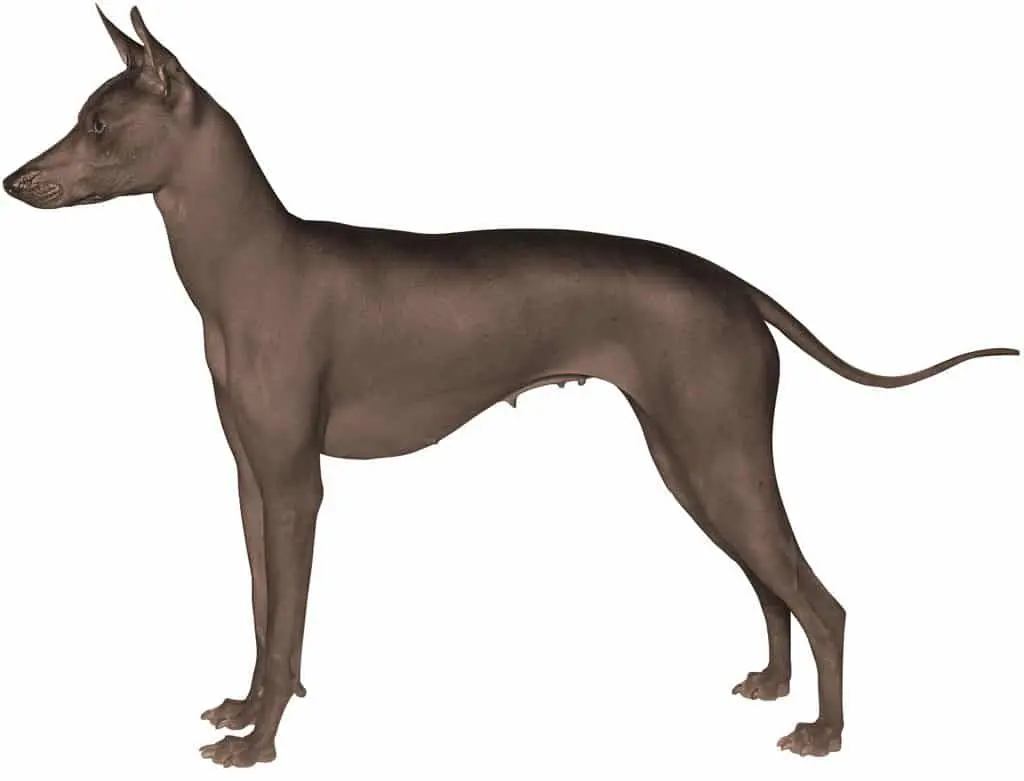


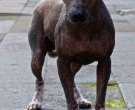


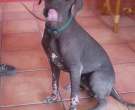
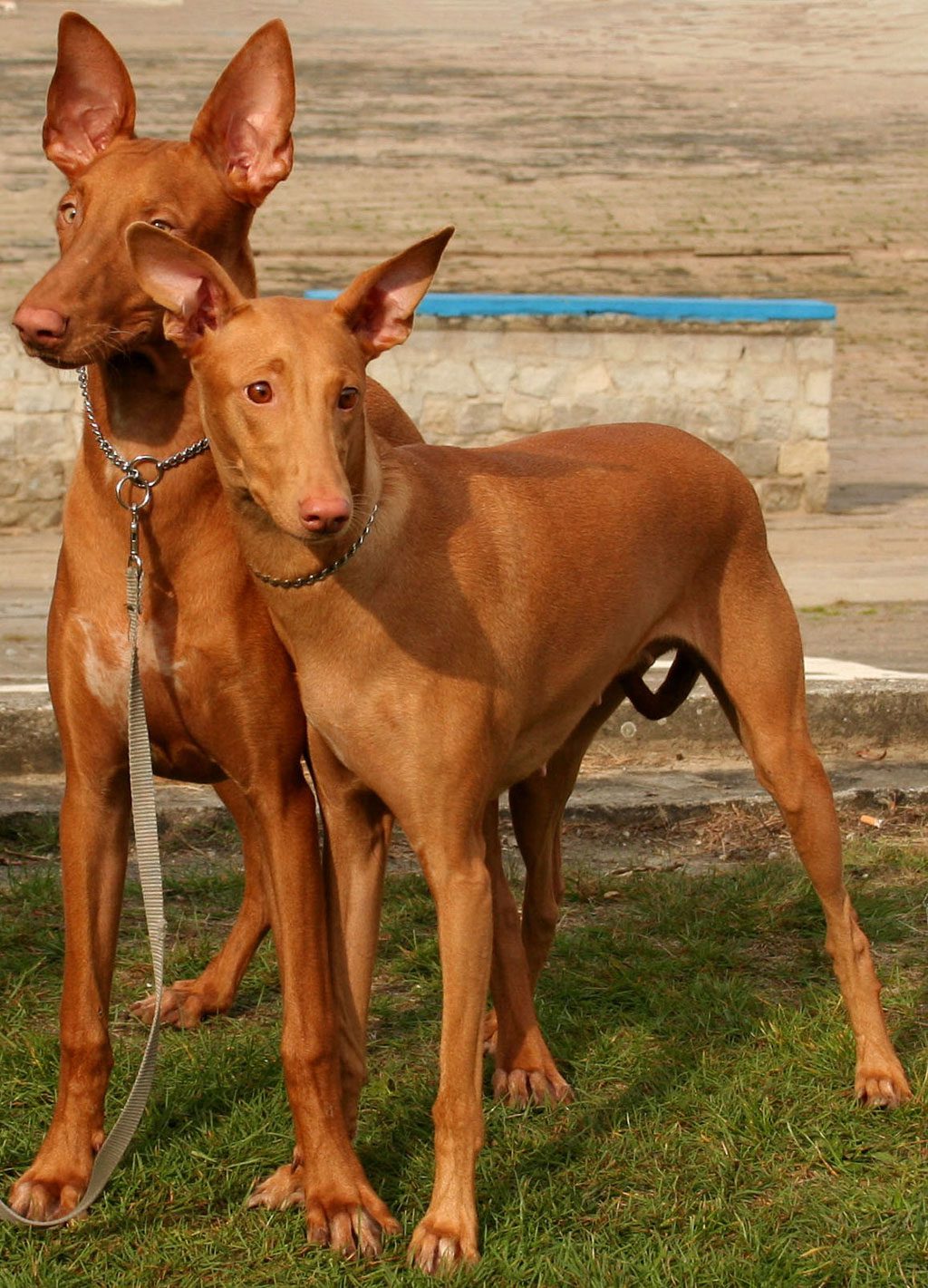
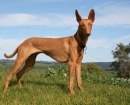
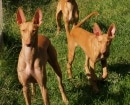


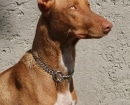
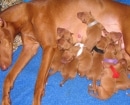
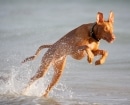
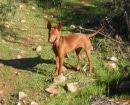
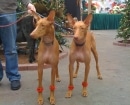
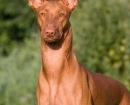
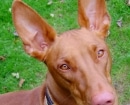
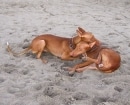
 Singing Pharaoh Hound
Singing Pharaoh Hound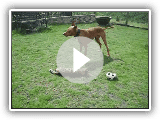 Pharaoh Hound & Bengal Cat Having Fun
Pharaoh Hound & Bengal Cat Having Fun Trouble falling asleep…
Trouble falling asleep…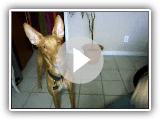 Pharaoh Hound Dog Tricks
Pharaoh Hound Dog Tricks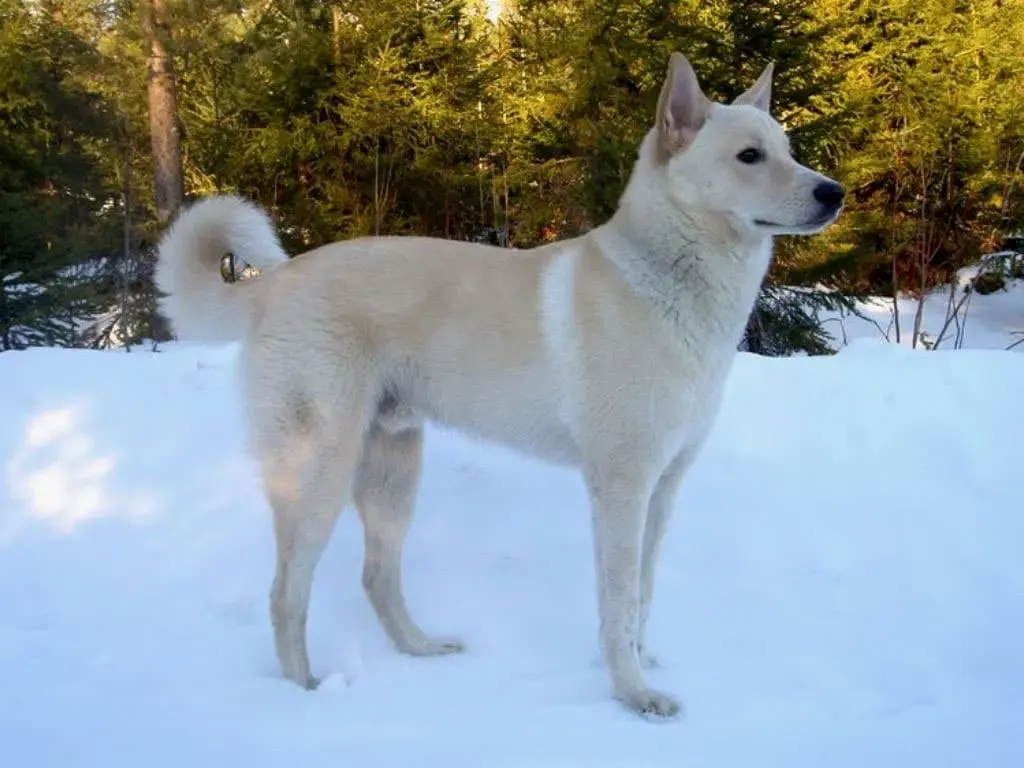
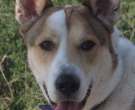
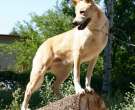

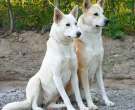
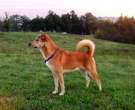
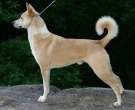
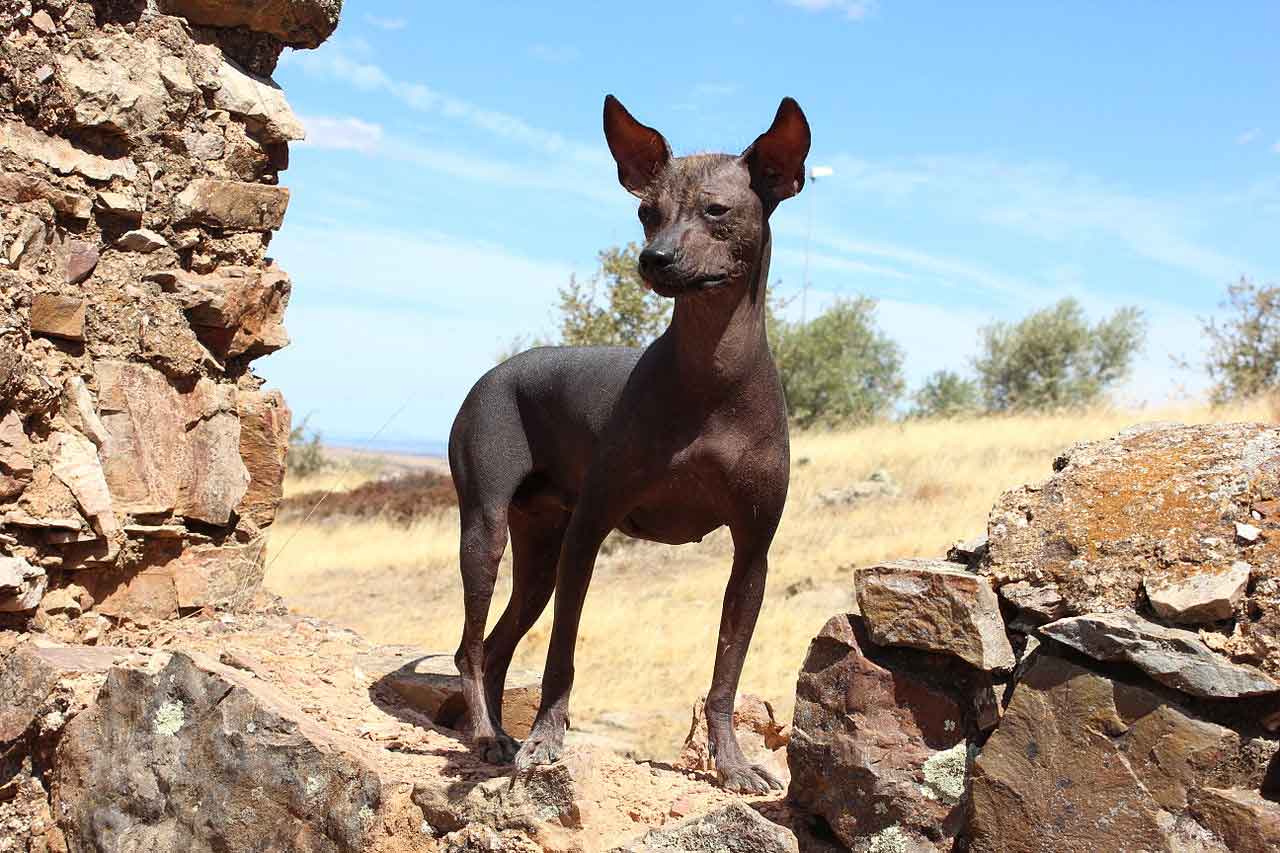
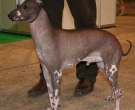
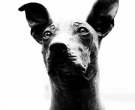

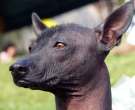
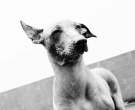

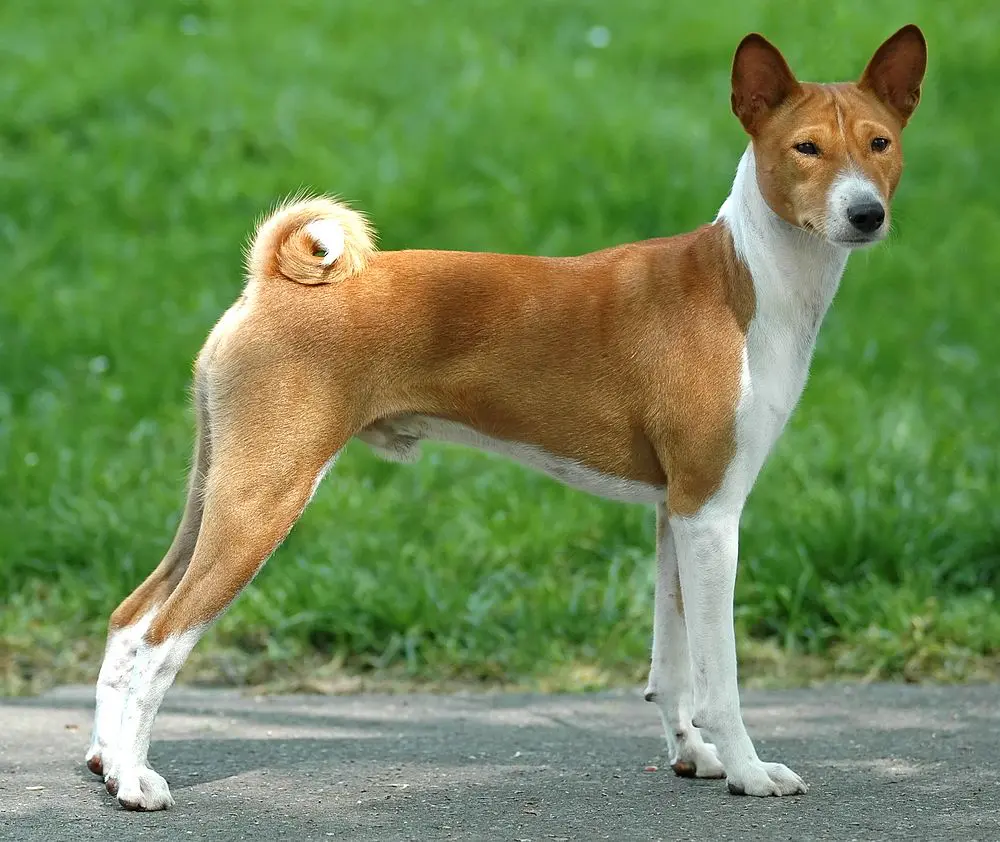

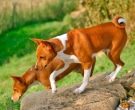
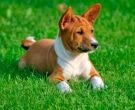
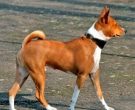
 Basenji Cell Phone Reaction
Basenji Cell Phone Reaction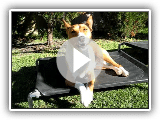 Loki – The Yodeling Basenji
Loki – The Yodeling Basenji Basenji puppies learning to sit
Basenji puppies learning to sit The Basenji’s Complaint
The Basenji’s Complaint